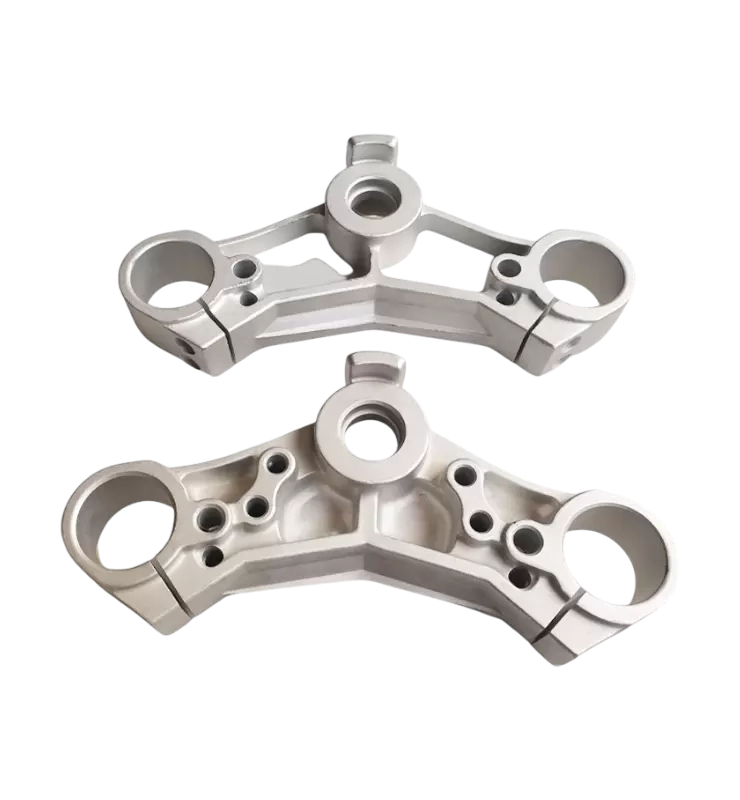Motion sensor bulbs have become increasingly popular in homes and commercial spaces due to their energy-saving capabilities and convenience. However, a common question that arises is whether these bulbs continue to consume electricity when they are turned off. In this blog post, we will delve into the intricacies of motion sensor bulbs and shed light on whether they use electricity when in the off state.
- Understanding Motion Sensor Bulbs:
Motion sensor bulbs are equipped with built-in sensors that detect movement within their range. These sensors trigger the bulb to turn on automatically when motion is detected, providing illumination in the area. The primary purpose of motion sensor bulbs is to conserve energy by only activating when needed, thus reducing electricity consumption. - The Off State:
When the motion sensor bulb is in the off state, it is not actively emitting light. However, it is important to note that the bulb is still connected to the power source. In this state, the bulb remains in standby mode, ready to detect motion and activate when necessary. Therefore, a small amount of electricity is required to power the sensor and keep the bulb in a state of readiness. - Power Consumption in the Off State:
The power consumption of motion sensor bulbs in the off state is minimal but not negligible. The exact amount of electricity consumed varies depending on the specific bulb model and manufacturer. However, on average, motion sensor bulbs consume around 0.5 to 1 watt of power when in standby mode. While this may seem insignificant, it can accumulate over time if multiple motion sensor bulbs are installed throughout a property. - Energy-Efficient Alternatives:
For those concerned about the electricity consumption of motion sensor bulbs in the off state, there are alternative options available. Some advanced motion sensor bulbs feature a dedicated switch that allows users to completely disconnect the power supply when the bulb is not in use. By utilizing this switch, users can ensure zero electricity consumption when the bulb is turned off. - Maximizing Energy Savings:
To further optimize energy savings with motion sensor bulbs, consider the following tips:
- Adjust the sensitivity and range settings of the motion sensor to avoid unnecessary activations.
- Install motion sensor bulbs in areas where frequent motion is expected, such as hallways, staircases, or outdoor spaces.
- Combine motion sensor bulbs with timers or dimmers to customize lighting schedules and brightness levels.
Conclusion:
Motion sensor bulbs do consume a small amount of electricity when in the off state due to the power required to keep the sensor active. However, this consumption is minimal compared to the energy-saving benefits they provide when in use. By understanding the power consumption of motion sensor bulbs and implementing energy-efficient practices, users can strike a balance between convenience and sustainability in their lighting systems.



More Stories
The Complete Guide to Overnight Heavy Flow Pads: Comfort, Confidence, and Protection for Restful Nights
Main application scenarios of basket
Persistent Lochia:A Postpartum “Warning SignNew Moms Must Know